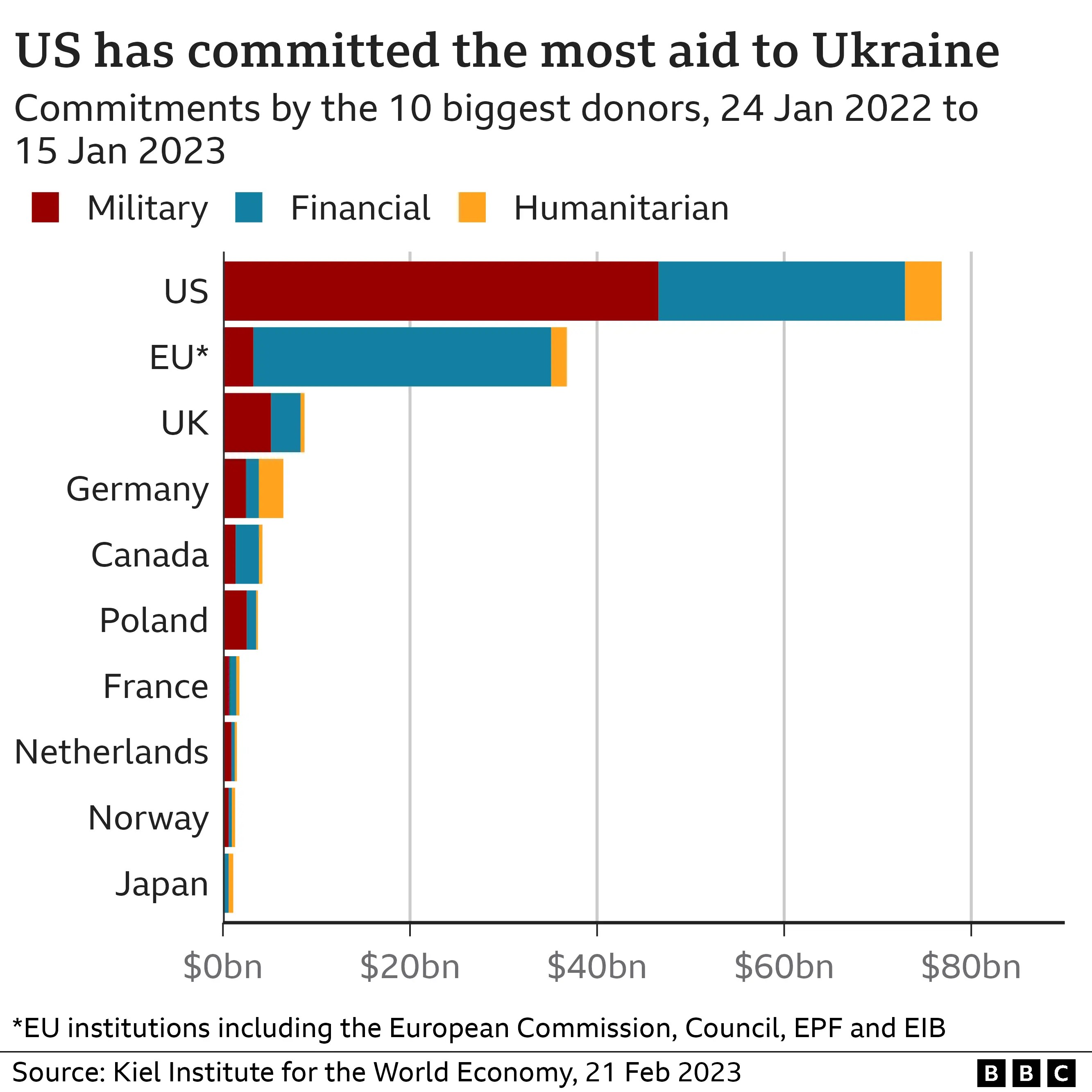When Vladimir Putin launched a full-scale invasion of Ukraine in February 2022, the world was shocked. His initial aim of a swift victory and regime change in Kyiv quickly crumbled in the face of fierce Ukrainian resistance. This article delves into the complex reasons behind Russia’s invasion of Ukraine, examining Putin’s shifting justifications and the devastating consequences of the conflict.
Putin celebrating the annexation of Ukrainian territories in a rally in Moscow. The screen displays “Together forever”.
Putin’s Shifting Narratives and the Reality of the War
Putin initially framed the invasion as a “special military operation” aimed at “demilitarizing” and “denazifying” Ukraine, protecting Russian speakers from alleged genocide, and preventing NATO expansion. These claims, particularly the accusations of Nazism and genocide, have been widely debunked by international observers and lack any credible evidence. A deeper analysis reveals a more complex set of motivations rooted in historical grievances, geopolitical ambitions, and Putin’s own personal worldview.
A 2021 essay by Putin articulated his belief that Russians and Ukrainians are “one people,” denying Ukraine’s distinct national identity and historical right to self-determination. This perspective provides context for his actions, suggesting a desire to reassert Russian dominance over Ukraine and prevent its integration with the West.
Following initial military setbacks, Russia’s stated war goals shifted to the “liberation of Donbas,” the predominantly Russian-speaking eastern region of Ukraine. However, even this objective has proven elusive, with Russia facing stiff resistance and incurring heavy losses. The annexation of four Ukrainian regions, despite not having full control over them, further underscores the disconnect between Putin’s rhetoric and the reality on the ground.
Russia’s Gains and Losses: A Grim Assessment
Russia’s most significant territorial gain has been the establishment of a land bridge connecting Russia to Crimea, which it illegally annexed in 2014. This corridor secures Russia’s control over the Sea of Azov and provides a strategic link to the Crimean peninsula. However, this achievement has come at a tremendous cost.
Map illustrating the evolution of territorial control in Ukraine throughout the first year of the conflict.
Russia’s military has suffered significant losses in personnel and equipment, exposing its vulnerabilities and operational weaknesses. The retreat from Kherson, the sinking of the Moskva warship, and the struggles in Bakhmut highlight the challenges faced by Russian forces. Furthermore, reports of war crimes and atrocities committed by Russian troops have tarnished Russia’s international image and led to widespread condemnation.
Ukrainian soldiers defending their positions in the besieged city of Bakhmut amidst intense Russian attacks.
The Uncertain Future of the Conflict
The war in Ukraine remains a protracted and devastating conflict with no clear end in sight. Ukraine, with strong backing from Western allies, demands the full withdrawal of Russian forces and the restoration of its territorial integrity. Russia, however, shows no signs of relenting, with Putin seemingly committed to achieving his revised war aims, even at the risk of further escalation.
 Chart showing Aid to Ukraine
Chart showing Aid to Ukraine
Chart depicting various forms of aid provided to Ukraine by different countries and international organizations.
The international community remains deeply divided, with Western powers providing substantial military and economic aid to Ukraine, while others, like China, maintain closer ties with Russia. The potential for further escalation, including the use of nuclear weapons, remains a grave concern. The war’s long-term consequences for Ukraine, Russia, and the global order remain uncertain, making it one of the most significant geopolitical events of the 21st century.
Was NATO expansion a factor in the invasion?
While Putin has cited NATO expansion as a justification for the invasion, this narrative is misleading. NATO is a defensive alliance and its eastward expansion has been a response to perceived Russian aggression, not a provocation. Ukraine’s potential membership in NATO was not imminent, and even if it were, it posed no direct military threat to Russia.
Map displaying the expansion of NATO since 1997, including the addition of several Eastern European countries.